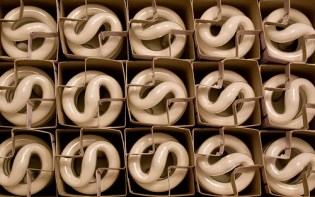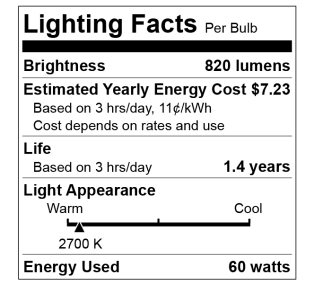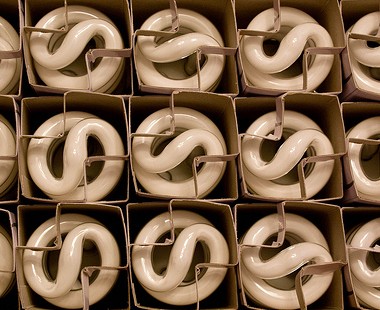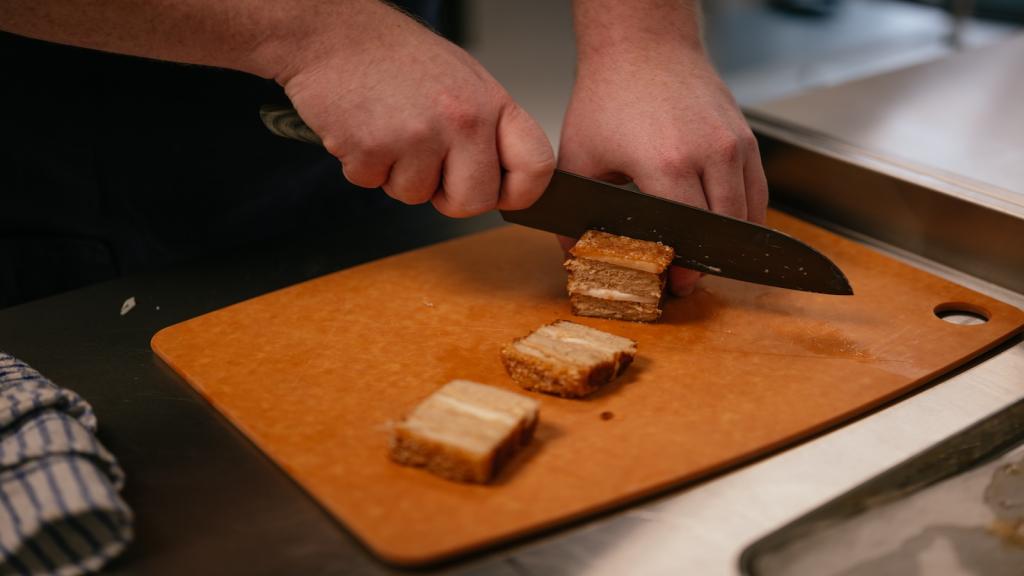Send your question to Umbra!
Q. Dear Umbra,
A CFL that I’ve had for less than a year just burnt out. It’s happened to me numerous times before. We’re told that one of the money-saving benefits of CFLs is that they last much longer than incandescent bulbs, but that’s not been my experience. Am I buying the wrong brands? Has demand for cheap CFLs caused manufacturers to cut corners? What’s the deal?
Caroline E.
Richmond, Va.

Photo by Seth.
A. Dearest Caroline,
Your question is important, not only because you’re frustrated with your fritzy CFLs, but because 2012 is a turning point in the history of lightbulbs.
Yes, this is the year our old friend the 100-watt incandescent is being phased out in the name of energy efficiency. Over the next two years, his pals the 75-watt, 60-watt, and 45-watt incandescents will also begin to disappear from store shelves, until we find ourselves, at the end of 2014, shivering in the darkness, huddled together for warmth, and cursing the interfering gummint.
At least, that’s the picture being painted by weirdly worked-up Republicans, who are so angry about these standards (which were signed into law in 2007 by one George W. Bush and could save consumers $6 billion in 2015) that they attached a rider to the budget this past December taking away the Department of Energy funding needed to enforce the rules. Joke’s on them, though, because manufacturers have been prepping for this switch since 2007. The wheels are in motion.
 This year’s other noteworthy development is the appearance of an FTC-mandated Lighting Facts label on most bulb packaging. Similar to the Nutrition Facts label on food, this graphic will offer consistent, clear details on brightness, energy costs, life expectancy, color appearance, and of course sugar and saturated fats.
This year’s other noteworthy development is the appearance of an FTC-mandated Lighting Facts label on most bulb packaging. Similar to the Nutrition Facts label on food, this graphic will offer consistent, clear details on brightness, energy costs, life expectancy, color appearance, and of course sugar and saturated fats.
So what does all this have to do with your short-lived bulbs? Well, lightbulbs suddenly feel a bit confusing and unfamiliar. We’re supposed to pay attention to lumens, not watts, and the marketplace is saturated with the soft hues of technological promise, in three basic forms: compact fluorescent lamps (CFLs), which use 25 percent of the energy that incandescents do and can theoretically last 10 times as long; light-emitting diodes (LEDs), which use about 20 percent of the energy of incandescents and can last 25 times as long; and halogen incandescents (HIs … oh fine, I made that acronym up), which look and work like our old familiar bulbs but are just efficient enough to squeak by under the new rules.
Which model will prevail? I contacted Noah Horowitz, a lighting and efficiency expert who has written a thorough guide to the new frontier. “There will be a three-way race between improved incandescents, CFLs, and LEDs to see what goes into the 3 billion or so sockets that still have an inefficient 125-year-old incandescent bulb inside,” he told me. “If you ask five experts who will win, you’ll likely get at least five answers.”
So. We are guinea pigs. And you, Caroline, are a frustrated guinea pig. To answer your specific questions: It is true that not all CFL brands are created equal. It is also true, or at least claimed, that the government pushed manufacturers in the late 1990s to make CFLs affordable, which led to a surge in cheap components. It is further true that the glowing promise of a 6,000-hour bulb is just an average. Which means some burn out sooner, and some later.
I can’t say for sure why your bulbs are fading so fast, but I do adore this handy chart of CFL Killers from Seattle City Light, which also offers tips for getting the most from your bulbs. One thing to keep in mind is that CFLs are not meant to be turned on and off frequently. They last about 7,000 on-off cycles — so start making those hatch marks on your wall. You should also be sure to buy Energy Star bulbs and keep your receipts, because that rating system requires a two-year manufacturer warranty.
And don’t give up. “CFLs continue to be the best deal for consumers in terms of overall cost,” Horowitz tells us. “But my advice to someone who is hesitant to buy CFLs would be, go ahead and buy the energy-saving incandescent halogen for now, and when it burns out in a year or so, take another look at LEDs.”
Tungstenly,
Umbra



